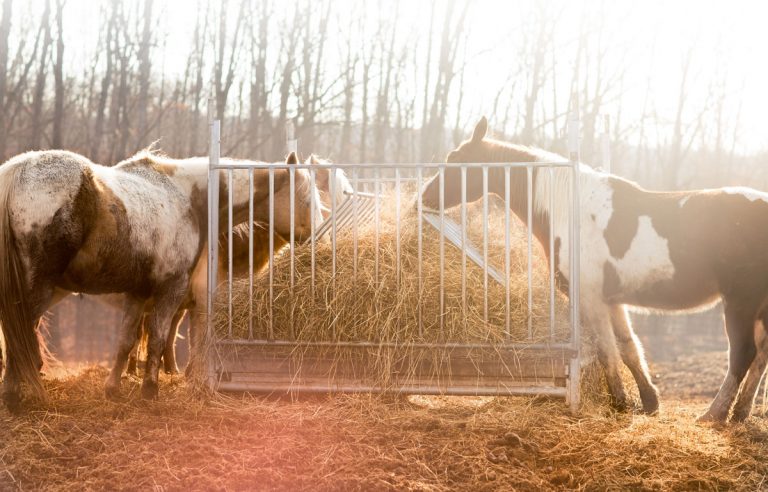Understanding the quality of hay fed to horses is crucial for their health and well-being. When it comes to testing hay quality for horses, there are several important factors to consider. By examining these aspects, you can ensure that your equine companions receive the essential nutrients they need for optimal health.

Importance of High-Quality Hay
Providing high-quality hay is vital for maintaining a horse’s digestion, overall health, and energy levels. Choice of hay can impact not only their physical condition but also their behavior and performance.
Factors Influencing Hay Quality
1. Hay Species
The type of grass or legume from which the hay is made greatly influences its nutritional content. Alfalfa and timothy hay are popular choices for horses.
2. Maturity at Harvest
The maturity stage during harvest affects hay quality. Early-cut hay tends to be more nutritious and palatable.
3. Weather Conditions
Weather during harvest plays a role in hay quality. Wet conditions can lead to moldy hay, which is harmful to horses.
4. Storage Techniques
Proper storage prevents nutrient loss and maintains hay quality. Hay should be kept dry and well-ventilated.
Methods for Testing Hay Quality
Visual Assessment
Inspect the hay for color, texture, and presence of contaminants such as mold or foreign objects.
Hay Nutrient Analysis
Laboratory tests provide detailed information about the nutritional content of hay, including fiber, protein, and mineral levels. Blood, vitamin, and mineral testing can complement hay analysis for a complete nutritional profile.
Smell and Touch
Quality hay should have a fresh smell and feel soft to touch, indicating its palatability.
Effects of Poor Quality Hay
Health Risks
Feeding low-quality hay can lead to various health issues, including digestive problems and nutritional deficiencies.
Impact on Horse Performance
Poor hay affects a horse’s energy levels and can lead to decreased performance.
Ensuring the Best Hay for Your Horse
Buying Tips
Purchase hay from reputable suppliers. Verify their harvesting and storage practices.
Hay Substitutes
Consider alternatives like hay cubes or pellets for horses with specific dietary needs.
Conclusion
Testing hay quality for horses is an essential part of equine care. By ensuring your horses receive the best hay possible, you contribute to their health, happiness, and performance.

FAQ Section
What is the ideal moisture content for hay?
Hay should have a moisture content below 15% to prevent mold and ensure safety.
Can horses eat moldy hay?
It’s unsafe for horses to consume moldy hay as it can lead to respiratory and digestive issues. Learn more here.
How often should hay quality be tested?
Ideally, you should test hay quality with each new batch or at least twice a year to ensure consistency.
This article contains affiliate links. We may earn a commission at no extra cost to you.
